A scientific manuscript co-authored by Dr. Amanda Solem, assistant professor of biology at Hastings College, was published online November 6 as part of the Early Edition of the Proceedings of the National Academy of Sciences (PNAS) scientific journal. The manuscript and research highlight the link between RNA structure and protein expression in alpha-1-antitrypsin. Problems with this protein increase the risk of Chronic Obstructive Pulmonary Disease (COPD).
In the lungs, a protein called neutrophil elastase helps destroy germs and old cells, but it should only be active for a little while. Alpha-1-antitrypsin turns off neutrophil elastase before it breaks down healthy tissue and reduces elasticity of the lung. Deficiencies of alpha-1-antitrypsin can result in poor lung elasticity, thus increasing the risk of COPD.
Alpha-1-antitrypsin is made in many parts of the body, but in different amounts, based on the job it needs to do. Solem’s study, entitled “An RNA structure-mediated, posttranscriptional model of human alpha-1-antitrypsin expression,” examined how different versions of the RNA molecules that code for alpha-1-antitrypsin could change how much of the protein is produced.
“When we looked at the different forms of the RNA, we found that differences are in a part of the RNA that isn’t used to make protein. These differences changed how much of the protein the cell makes by changing the shape the RNA makes,” Solem said.
The study employs an integrative model to “bridge the divide” between RNA structure and transcript efficiency. It also suggests potential therapeutic treatments for COPD that may be more effective and less costly than current therapies. These treatments would target structural components of RNA that inhibit transcriptions, potentially making it easier for the body to produce alpha-1-antitrypsin.
“We started this research with different intentions, and we didn’t expect the results we ended up with — but that’s part of the scientific process,” Solem said. “Sometimes your initial hypothesis will be refuted, but it will lead you to an important discovery you did not originally consider.”
Solem contributed to the research as part of her postdoctoral work at the University of North Carolina at Chapel Hill. She hopes to share the paper with her students at Hastings College, as it highlights the real-world scientific process and can be a tool for students practicing how to read scientific studies.
Hastings College is a private, four-year institution located in Hastings, Nebraska, that focuses on student academic and extracurricular achievement. With 64 majors and 15 pre-professional programs, Hastings College has been named among “Great Schools, Great Prices” by U.S. News & World Report and a “Best in the Midwest” by The Princeton Review. For more, go to hastings.edu.

